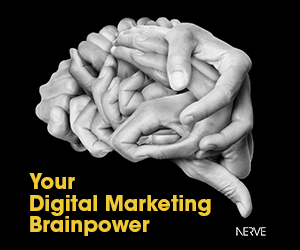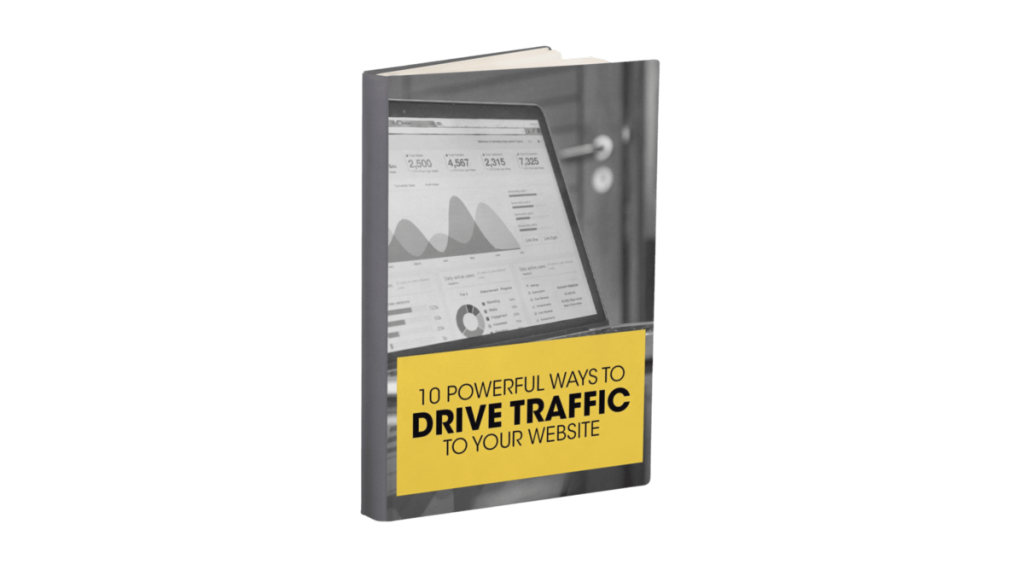Advertising enables companies to attract their target customers and thereby increase sales. The marketplace is saturated with brands, and companies are struggling for the attention of their ideal audience. Organizations can unlock opportunities to reach a broader audience base, distribute content effectively, and penetrate new markets with creative advertising. In the consideration stage of a consumer decision-making process, customers will compare various options by evaluating the objective and subjective characteristics to make the right choice. It is at this stage that advertising makes a difference. Advertising plays a significant role in the ‘Evaluation of Alternatives’ stage within the consumer’s decision-making process.
To make the most out of your advertising strategy, you must be laser-focused on your ideal customer, create valuable content, use the right call to action, deploy KPIs, and efficiently measure leads and conversions. Proper advertising helps to add credibility to your content. Advertising helps fulfil three main objectives:
- Inform about the brand or offering
- Persuade to buy or perform a task,
- Remind and reinforce the brand message.
However, you need to outline a strategy for your advertising campaign. You cannot jump on the bandwagon without proper planning. You can outsource help to the best advertising agency in Dubai to help you with your advertising efforts. It will help you plan, create, handle advertising and other forms of promotion for your brand.
There are various benefits of outsourcing help from an advertising agency. Some pertinent reasons why you should hire an advertising agency include:
Get More Value from the Money being Spent
Outsourcing provides access to a team of experts to carry out your project. The professionals in various domains, such as designing, content writing, digital advertising, and others, will help you meet your project needs effectively. You do not have to invest in building an in-house team, hiring, training, and onboarding candidates, and providing them with employee benefits. The in-house team will take longer to adjust, hence costing you more time and resources.
Objectivity
The inherent bias and subjective view can lead your team to make poor-quality of ineffective decisions. You cannot take an objective stance, which may lead to various unforeseen issues. Outsourcing enables you to get objectivity when developing your advertising roadmap. The professionals update themselves with the market trends, consumer behavior, and tools to help you brings more objectivity to the process.
Improve Your Return on Investment
An advertising agency will work closely with your company to help you speed up the process and create effective campaigns. You can negotiate better advertising rates and get a better return on investment. The extensive work portfolio enables the agency to have a fair idea of market value for marketing materials, media time, and webspace. They can observe control of the advertising process so that you get peace of mind to focus on developing the core competencies of your business.
To Conclude:
These are a few essential benefits of hiring an advertising agency to look after your brand advertising needs. In today’s times, to stay relevant and competitive, companies must adopt the right advertising strategy is provide the brand with the proper visibility. Outsourcing help from an advertising agency can help your organization meet its objectives and pave the path to success.






